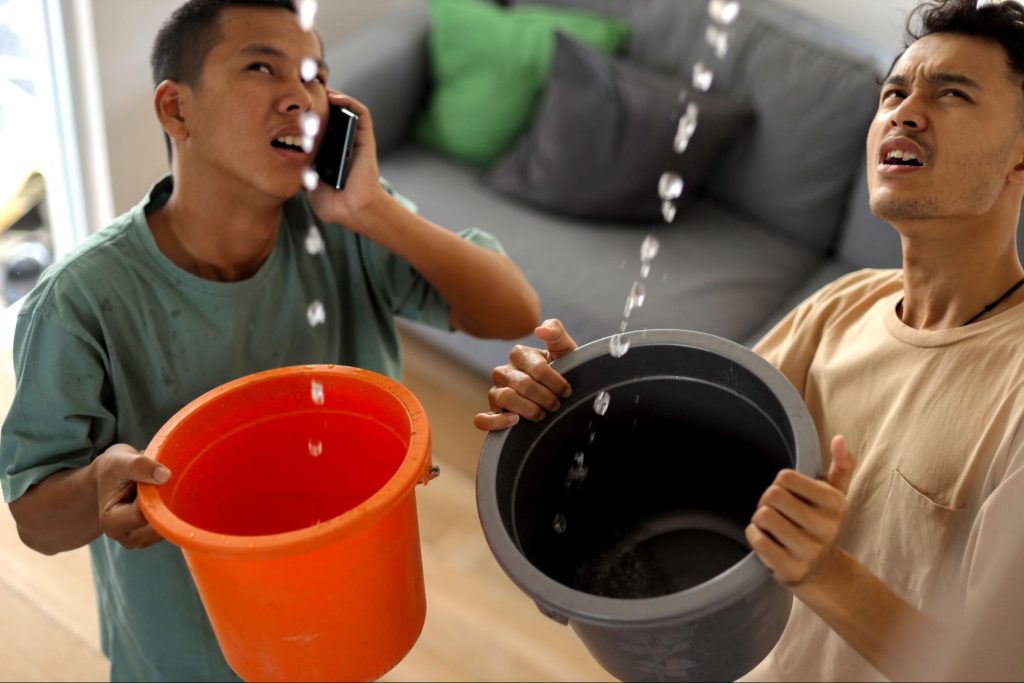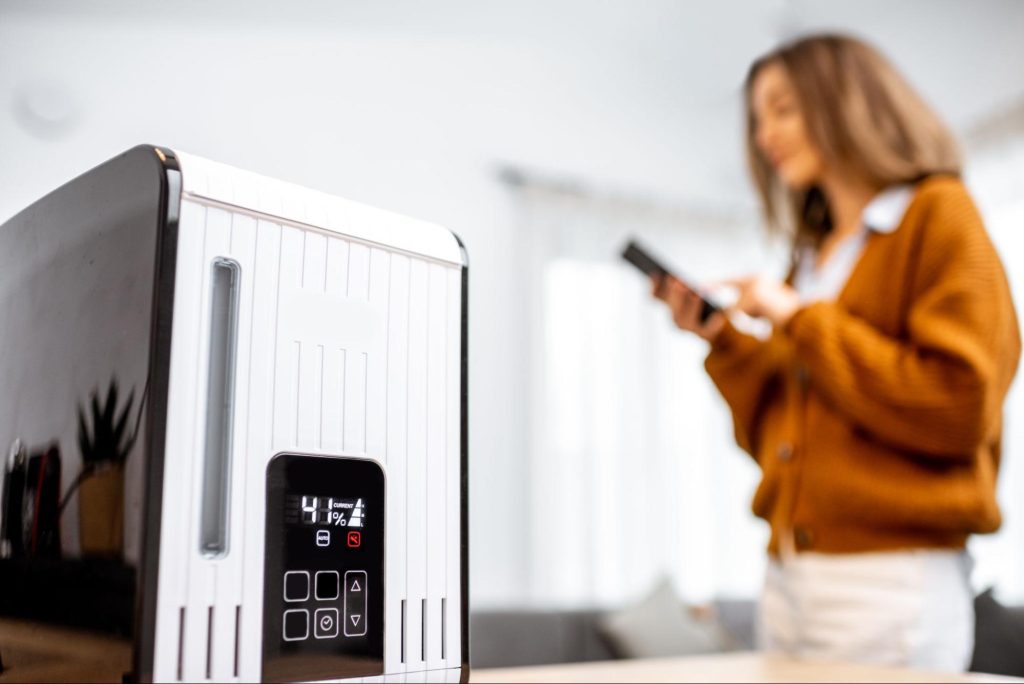Water Damage Mitigation vs Restoration: What’s the Difference?
Water Damage Mitigation vs Restoration: What’s the Difference? If not addressed quickly, water damage can weaken a property’s structure, cause mold growth, and lead to costly repairs. Effective solutions rely on two key processes: water damage mitigation, which prevents further harm, and water damage restoration, which repairs and rebuilds damaged areas. Confusion between these approaches can lead to delays, higher costs, and incomplete recovery. Knowing how they differ helps property owners to confidently decide and take the correct steps after leaks, floods, or plumbing failures, ensuring a faster return to a safe and livable space. What is Water Damage Mitigation? Water mitigation reduces immediate damage caused by leaks, floods, or plumbing failures. This process involves removing excess water, drying affected areas, and preventing mold growth to protect a property from further deterioration. Addressing the issues timely limits repair costs and ensures that restoration efforts are more effective. Key Mitigation Processes Stopping further damage requires immediate action using specialized mitigation techniques. Quick water removal, thorough drying, and preventive measures help stabilize the affected area. Without these steps, moisture can weaken structures and lead to mold growth. Water Extraction and Removal Removing standing water is the first step to preventing further structural damage. Pumps, vacuums, and other extraction tools remove excess moisture from floors, carpets, and walls. Immediate removal lowers the risk of mold growth and material decay. Drying and Dehumidification Moisture remains even after removing visible water, making drying a critical step. Industrial fans and dehumidifiers help regulate humidity levels and prevent damp conditions. Proper drying reduces the chances of warping, swelling, and mold formation in affected areas. Temporary Boarding and Roof Tarping Unprotected openings can allow water to enter a building and cause additional damage. Roof tarping and board-up services help seal exposed areas to prevent further moisture intrusion. These temporary solutions protect the structure until permanent repairs can be completed. Mold Prevention Measures Unchecked moisture creates the perfect conditions for mold growth. Antimicrobial treatments and proper ventilation help reduce the risk of mold spreading throughout a property. Preventing mold earlier avoids costly remediation and protects indoor air quality. When to Prioritize Water Damage Mitigation Mitigation should begin immediately after discovering water damage to prevent worsening conditions. Acting quickly can save materials, reduce expenses, and limit the extent of necessary repairs. Delayed mitigation often leads to structural weakening and higher restoration costs. Immediately After a Flood or Major Leak Water can seep into walls, floors, and ceilings within minutes. Rapid mitigation efforts help contain the damage and prevent long-term deterioration. The sooner water is removed, the lower the risk of severe structural issues. Before Mold Begins to Develop Mold can start forming within 24 to 48 hours in damp environments. Early intervention, including drying and dehumidification, reduces the likelihood of mold growth. Preventing mold at the mitigation stage eliminates the need for extensive remediation later. When Property Integrity is at Risk Water intrusion weakens structural materials, leading to potential safety hazards. Addressing moisture damage before it spreads helps maintain the property’s stability. Mitigation efforts can prevent costly repairs and ensure a safer living or working environment. What is Water Damage Restoration? Water damage restoration focuses on repairing and rebuilding areas affected by excess moisture. This process includes replacing damaged materials, treating mold growth, and restoring structural integrity. Restoration efforts aim to return the property to its pre-damage condition after mitigation has stabilized the situation. Key Restoration Processes Restoring a property after water damage involves multiple steps to repair and replace compromised materials. Fixing structural damage, eliminating mold, and improving indoor air quality are essential for a full recovery. Proper restoration ensures a safe and functional space. Replacing Damaged Materials Walls, flooring, and insulation can absorb moisture and deteriorate over time. Removing and replacing these materials prevents further damage and restores the property’s appearance. Using water-resistant replacements can also reduce the risk of future issues. Mold Remediation and Air Quality Improvements Mold spores can spread quickly in damp environments, affecting indoor air quality. Professional remediation removes mold-infested materials and treats affected areas to prevent regrowth. Improving ventilation and air filtration helps create a healthier living space. Plumbing and Electrical Repairs Water damage can impact plumbing systems and electrical wiring, creating safety risks. Inspections and necessary repairs ensure that pipes, outlets, and wiring function correctly. Addressing these issues prevents future leaks and electrical hazards. Repainting and Refinishing Surfaces After structural repairs, repainting and refinishing floors and walls restore the property’s appearance. Using moisture-resistant paints and sealants adds protection against future water exposure. Final cosmetic touches complete the restoration process. When to Prioritize Water Damage Restoration Restoration should begin once mitigation has successfully controlled the immediate damage. Delaying restoration can lead to worsening conditions and higher repair costs. Completing restoration ensures the property is safe, functional, and visually appealing. After Mitigation Has Stabilized the Damage Water extraction and drying must be completed before restoration can begin. Addressing underlying issues first prevents further damage during the repair process. A stable foundation allows for long-lasting restoration work. Structural Components Need Repair or Replacement Severely damaged materials, such as warped flooring and weakened drywall, require professional restoration. Replacing these components ensures the building remains safe and structurally sound. Ignoring compromised materials can lead to long-term deterioration. Restore Property Value and Livability Prolonged water damage can decrease property value and make spaces uninhabitable. Completing restoration work enhances the home’s aesthetics and functionality. A well-restored property provides a safe and comfortable environment for occupants. Services Involved in Water Damage Mitigation & Restoration Both mitigation and restoration services are essential for addressing water damage, but they serve different purposes. Mitigation focuses on immediate actions to prevent further harm, while restoration involves repairing and rebuilding affected areas. Each service is critical in returning a property to a safe and functional condition. Knowing what each entails helps property owners respond effectively to water-related emergencies. Water Damage Mitigation Services Mitigation services aim to stop water damage from worsening and minimize long-term repair costs. Immediate action helps preserve structural integrity and prevents








